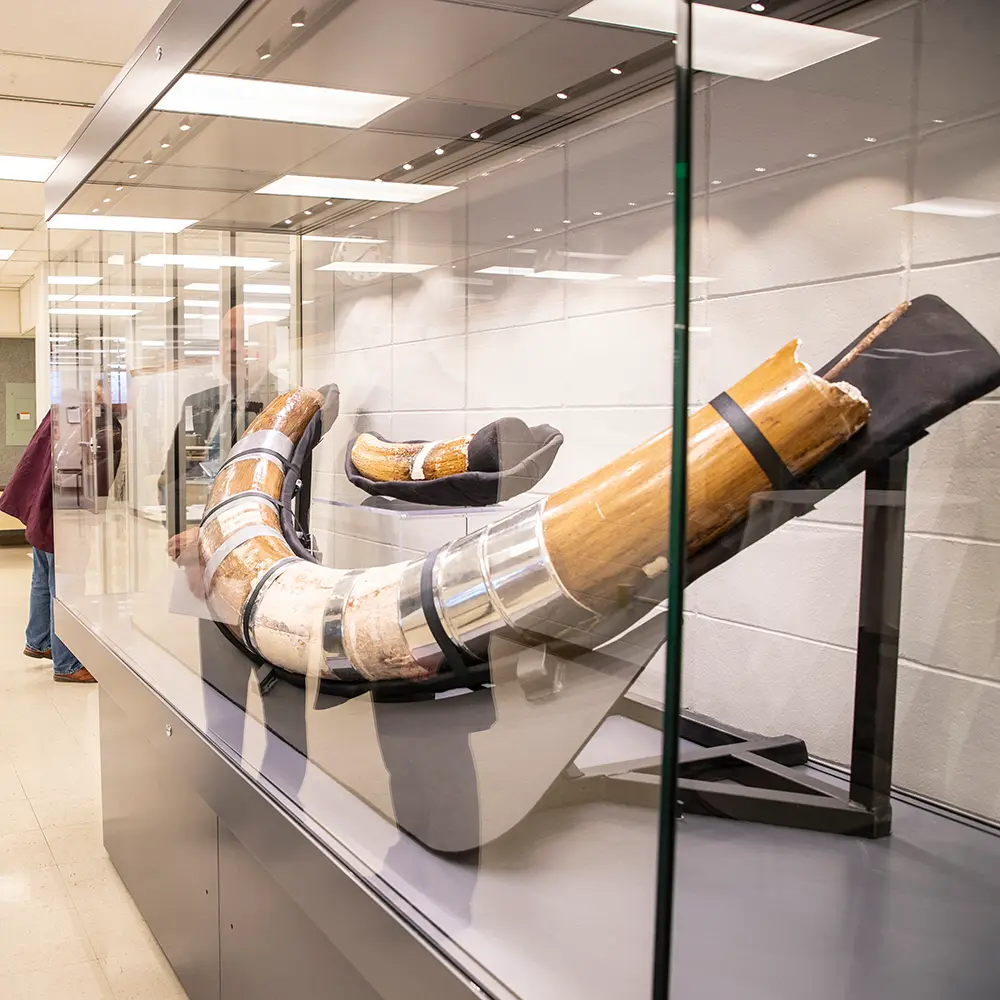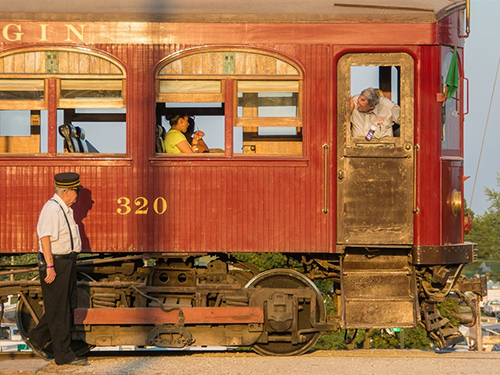Fly Through the Sioux City Art Center
A - Aviation (Iowa Aviation Museum, Greenfield)
B – Big Band (Glenn Miller Birthplace Museum, Clarinda)
C – Clocks (Bily Clocks Museum, Spillville)
D – Dala Horse (Swedish American Museum, Swedesburg)
.webp)
E – European (Museum of Danish America, Elk Horn)
F – Funeral (Iowa Funeral Museum, Marshalltown)
G – German (Amana Heritage Museum, Amana)
H – Heritage (Vesterheim, the National Norwegian-American Museum, Decorah)
I – Innovation (Heartland Acres Agribition Center, Independence)
J – John Wayne (John Wayne Birthplace Museum, Winterset)
K – Keepsakes (Anne Frank Connection @ Danville Station, Danville)
.webp)
L – Library (Herbert Hoover Presidential Library and Museum, West Branch)
M – Marionettes (MacNider Art Musuem, Mason City)
.webp)
N – Native Americans (Meskwaki Cultural Center & Museum, Tama)
O – One of a Kind (Squirrel Cage Jail, Council Bluffs)
.webp)
P – Pearls (National Pearl Button Museum, Muscatine)
Q – Quirky (State Historical Museum of Iowa, Des Moines)
R – River (National Mississippi River Museum & Aquarium, Dubuque)
.webp)
S – Sprint Cars (National Sprint Car Hall of Fame & Museum, Knoxville)
.webp)
T – Trouble (Anamosa State Penitentiary Museum, Anamosa)
U – Unusual (McCallum Museum, Sibley)
V – Voyage (The Voyage Home @ Riverside History Center, Riverside)
W – War (Camp Algona POW Museum, Algona)
.webp)
X – Extraordinary flavors (Wells Visitor Center & Ice Cream Parlor, Le Mars)
Y – Yeast (Templeton Rye Distillery Museum, Templeton)
Known as a reboot of an underground, Prohibition-era operation, Templeton Rye Distillery welcomes visitors with a history museum and guided tours of their operation. The small museum features local narratives, historic photos, memorabilia and re-created scenes of Iowa's Prohibition days that showcase the ingenuity of local farmers in secretively crafting and distributing whiskey in and around Templeton.
Z – Zen (Sioux City Art Center, Sioux City)
.webp)
There are few places calmer and more relaxing than an art museum, and the Sioux City Art Center is one of the best in the state. The building's glass atrium is extravagant and the inside is just as impressive. With continually rotating exhibits featuring contemporary pieces from Midwest artists, the museum's three floors of galleries include all sorts of gems such as the Grant Wood Corn Room Mural.


